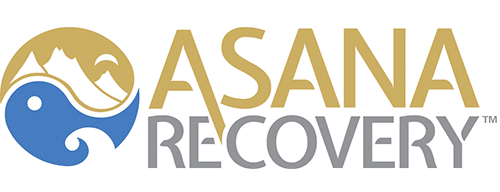Chewing tobacco, chew, chaw, dip, oral tobacco, snuff, spit tobacco – whatever you want to call it, many people start using smokeless tobacco think that it’s safer than smoking cigarettes. Smokeless tobacco isn’t burned, rather, it’s either sucked or chewed, and the resulting juices are swallowed or spit out, depending on the product. There are even dissolvable products like lozenges and strips. It comes in colorful packages and a wide variety of flavors, like mint, wintergreen, cherry, vanilla, and peach. It’s understandable, then, that despite prohibitions on marketing these products to minors, many young people find them appealing. In 2015, six out of every one hundred high school students reported using smokeless tobacco. About one in every one hundred kids ages 12 to 17 years and nearly four in every one hundred young adults between the ages of 18 and 25 were current, simultaneous users of smokeless tobacco and at least one other tobacco product.
In addition to the misconception that smokeless tobacco is safer, many people like it because it can be used in places where cigarette smoking is not allowed. For example, you might chew it in a bar, in the breakroom at work, or at home if you live with people who you don’t want to expose to secondhand smoke. Some people also believe that smokeless tobacco can help people quit smoking, although there’s no proof of this and it can be just as dangerous as cigarettes, anyway. It’s often the manufacturers who propagate these myths, although many people simply refuse to believe the facts despite the U.S. Food and Drug Administration requiring warning labels on all tobacco products. Believe it or not, there’s even a Consumer Advocates for Smoke-free Alternatives Association, a nonprofit that boldly claims that smokeless tobacco is a “reduced harm alternative” and “inherently less dangerous,” despite all the evidence to the contrary.
According to the CDC, using smokeless tobacco can lead to nicotine addiction, cause cancer of the mouth, esophagus, and pancreas, in addition to other conditions in the mouth like gum disease and tooth decay, increase risks for early delivery and stillbirth when it’s used during pregnancy, cause nicotine poisoning in children, and increase the risk of death from heart disease and stroke.
In addition to containing highly addictive nicotine, many smokeless tobacco products contain cancer-causing chemicals like tobacco-specific nitrosamines, which are carcinogens (cancer-causing substances) that are formed from nicotine and related compounds by a chemical reaction that occurs during the aging and processing of tobacco. Other chemicals include polonium-210, a radioactive element that can be found in tobacco fertilizer, polynuclear aromatic hydrocarbons, which are chemicals formed when tobacco is cured with heat, and toxic metals like arsenic, beryllium, cadmium, chromium, cobalt, lead, nickel, and mercury.
If you or a loved one need help with quitting drugs or alcohol, consider Asana Recovery. We offer medical detox, along with both residential and outpatient programs, and you’ll be supervised by a highly trained staff of medical professionals, counselors, and therapists. Call us any time at (949) 438-4504 to get started.



